White-browed Sparrow-weaver
Posted: Sun Mar 23, 2014 5:42 pm
799. White-browed Sparrow-weaver Plocepasser mahali (Koringvoël)
Order: Passeriformes. Family: Ploceidae
Description
Boldly marked. It is 17-19 cm in length and is characterized by a broad, white bulging, supercilium but a blackish forehead and crown, and white rump visible in flight. Brown above, very broad white tips to the wing-coverts. The head is brown. It has a white coloured throat and rump. Brown legs. The eyes are brown.
Northern race pectoralis has brown spots on breast and a reddish-brown back.
Sexes are alike in plumage. The male has a black bill, the female's bill is buff horn-colored; that of the juvenile is pinkish-brown.
Similar species: The broad, white eyebrow extending well behind the eye and on to the nape of this bird is vaguely reminiscent of the same feature in the Yellow-throated Petronia, but the White-browed Sparrow-weaver is much larger and shows a white rump in fllight.
Distribution: It is found in greatest numbers in north-central southern Africa. It mainly occurs in two separate areas of sub-Saharan Africa; one extending from Ethiopia through Somalia and Kenya to Tanzania, with a larger population from Zambia to Tanzania south to southern Africa. Here it is locally common to abundant across much of the region, excluding most of Mozambique and the southern and eastern provinces of South Africa.
Taxonomy
There are four recognized subspecies of the White-browed Sparrow-Weaver.
P. m. mahali is found in the eastern part of the northern Cape Province of South Africa
P. m. stentor is found from the western part of the northern Cape Province northwards along the Namibian escarpment
P. m. terricolor is found towards the center of the White-Browed Sparrow-Weaver's range, occurring predominantly in eastern Botswana
P. m. pectoralis is found in northeastern Zimbabwe along the lower Zambezi river
Habitat
It is mainly found in light and densely wooded forests and prefers semi-arid Acacia and Mopane (Colosphermum mopane) savanna woodland.
Breeding
Monogamous, colonial cooperative breeder, living in groups within which each bird has their own nest. The average colony size is 16 nests. However there can only be one active breeding pair per group who are usually the largest in size, remaining dominant until their death, at which point another pair steps up to the plate. The group are highly territorial, vigorously defending their ca. 50 m long foraging territory, often chasing intruders out of the territory. The nest is built by both breeders in about 5-30 days but maintained throughout the year, consisting of an untidy, retort-shaped structure made of dry grass, with two entrances one of which is closed by the breeding pair. It is typically wedged into the branches of a thorny tree, but it may also use telephone wires, power lines and fences. It breeds opportunistically in response to rainfall, with egg-laying season peaking from June-December. It lays 1-3 eggs, which are incubated solely by the dominant female for about 14 days. The chicks are fed by the breeding female only for the first few days of their lives, after which all group members contribute. They leave the nest at about 21-23 days old, remaining dependent on the group for at least one month more.
Occasionally parasitised by Diderick Cuckoo in Zimbabwe.
Call
Noisy species; song a series of chattering and squealing phrases. Listen to Bird Call.
Status
Common resident. In pairs but more usually in small groups.
Order: Passeriformes. Family: Ploceidae
Description
Boldly marked. It is 17-19 cm in length and is characterized by a broad, white bulging, supercilium but a blackish forehead and crown, and white rump visible in flight. Brown above, very broad white tips to the wing-coverts. The head is brown. It has a white coloured throat and rump. Brown legs. The eyes are brown.
Northern race pectoralis has brown spots on breast and a reddish-brown back.
Sexes are alike in plumage. The male has a black bill, the female's bill is buff horn-colored; that of the juvenile is pinkish-brown.
Similar species: The broad, white eyebrow extending well behind the eye and on to the nape of this bird is vaguely reminiscent of the same feature in the Yellow-throated Petronia, but the White-browed Sparrow-weaver is much larger and shows a white rump in fllight.
Distribution: It is found in greatest numbers in north-central southern Africa. It mainly occurs in two separate areas of sub-Saharan Africa; one extending from Ethiopia through Somalia and Kenya to Tanzania, with a larger population from Zambia to Tanzania south to southern Africa. Here it is locally common to abundant across much of the region, excluding most of Mozambique and the southern and eastern provinces of South Africa.
Taxonomy
There are four recognized subspecies of the White-browed Sparrow-Weaver.
P. m. mahali is found in the eastern part of the northern Cape Province of South Africa
P. m. stentor is found from the western part of the northern Cape Province northwards along the Namibian escarpment
P. m. terricolor is found towards the center of the White-Browed Sparrow-Weaver's range, occurring predominantly in eastern Botswana
P. m. pectoralis is found in northeastern Zimbabwe along the lower Zambezi river
Habitat
It is mainly found in light and densely wooded forests and prefers semi-arid Acacia and Mopane (Colosphermum mopane) savanna woodland.
Breeding
Monogamous, colonial cooperative breeder, living in groups within which each bird has their own nest. The average colony size is 16 nests. However there can only be one active breeding pair per group who are usually the largest in size, remaining dominant until their death, at which point another pair steps up to the plate. The group are highly territorial, vigorously defending their ca. 50 m long foraging territory, often chasing intruders out of the territory. The nest is built by both breeders in about 5-30 days but maintained throughout the year, consisting of an untidy, retort-shaped structure made of dry grass, with two entrances one of which is closed by the breeding pair. It is typically wedged into the branches of a thorny tree, but it may also use telephone wires, power lines and fences. It breeds opportunistically in response to rainfall, with egg-laying season peaking from June-December. It lays 1-3 eggs, which are incubated solely by the dominant female for about 14 days. The chicks are fed by the breeding female only for the first few days of their lives, after which all group members contribute. They leave the nest at about 21-23 days old, remaining dependent on the group for at least one month more.
Occasionally parasitised by Diderick Cuckoo in Zimbabwe.
Call
Noisy species; song a series of chattering and squealing phrases. Listen to Bird Call.
Status
Common resident. In pairs but more usually in small groups.

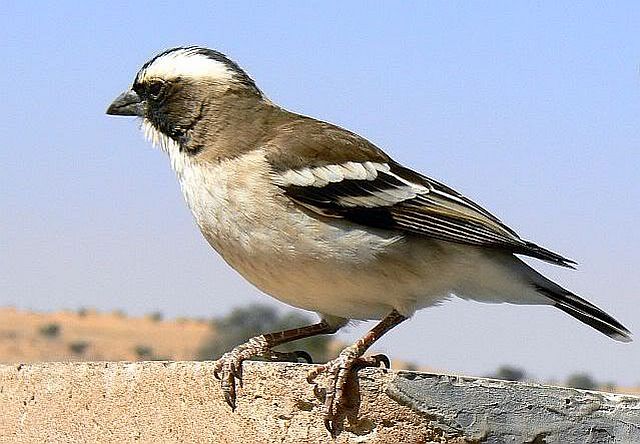 © Toko
© Toko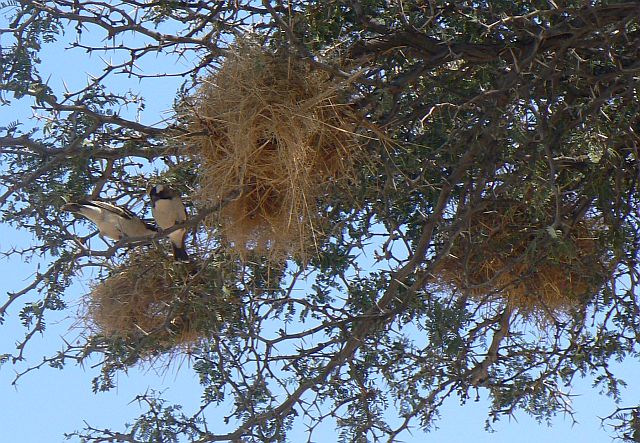 © Toko
© Toko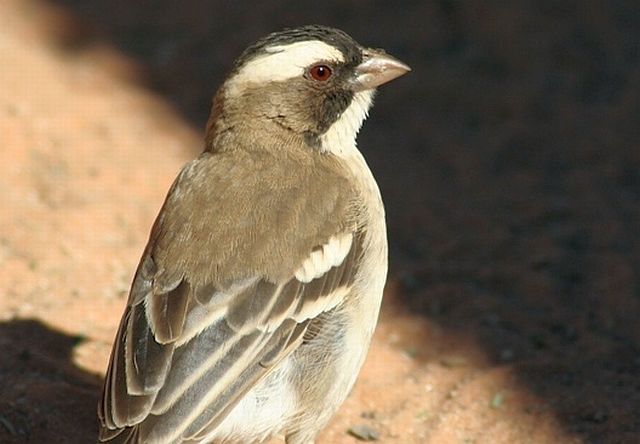 © pooky
© pooky © Dewi
© Dewi © ExFmem
© ExFmem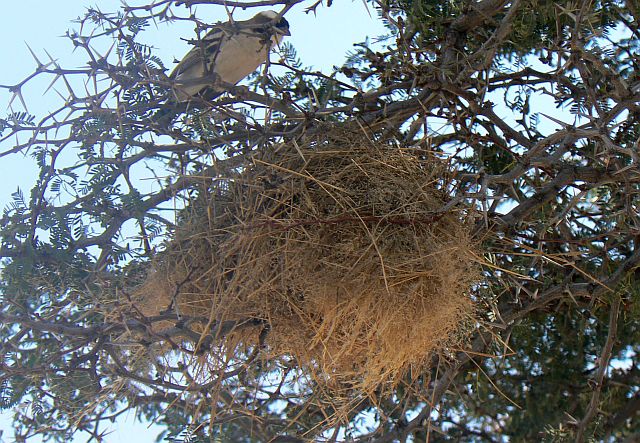
 © nan
© nan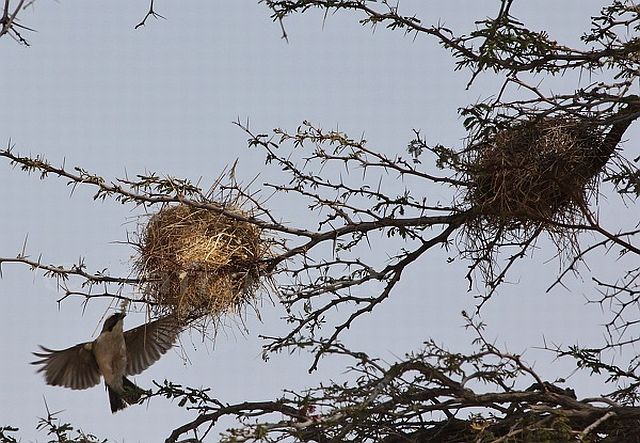 © nan
© nan © nan
© nan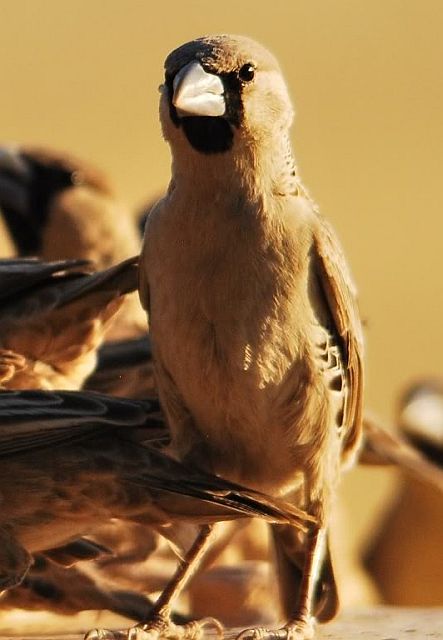
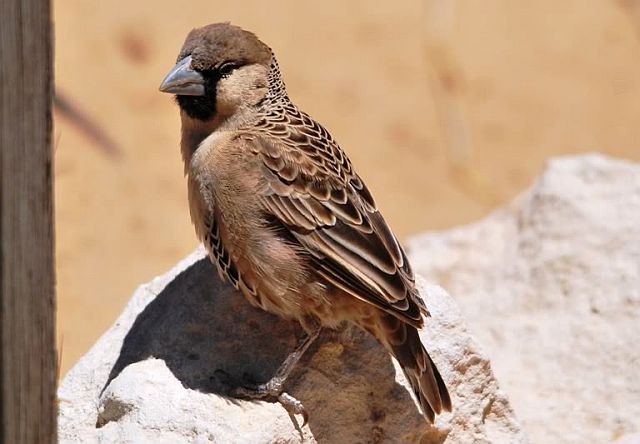
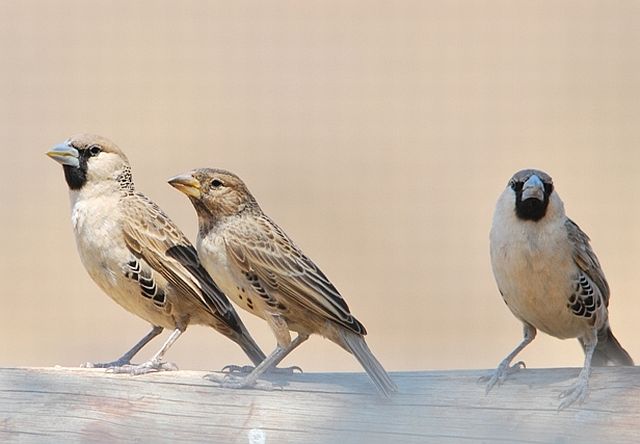
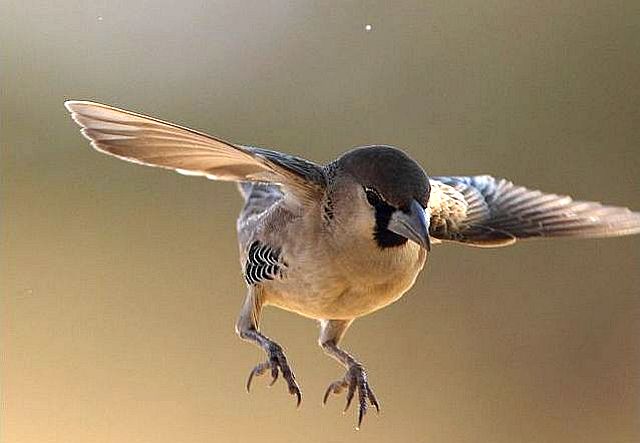 © Sharifa & Duke
© Sharifa & Duke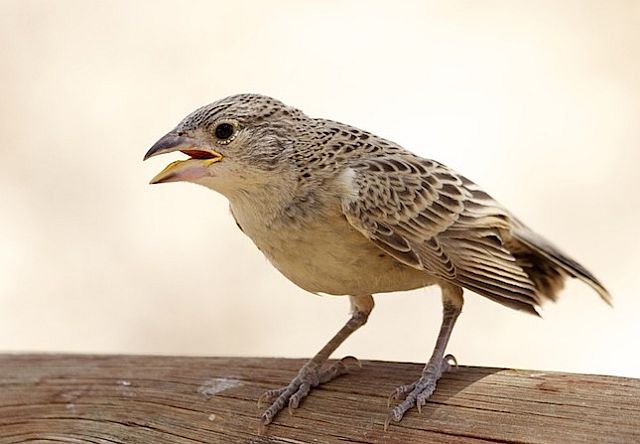 © ExFmem
© ExFmem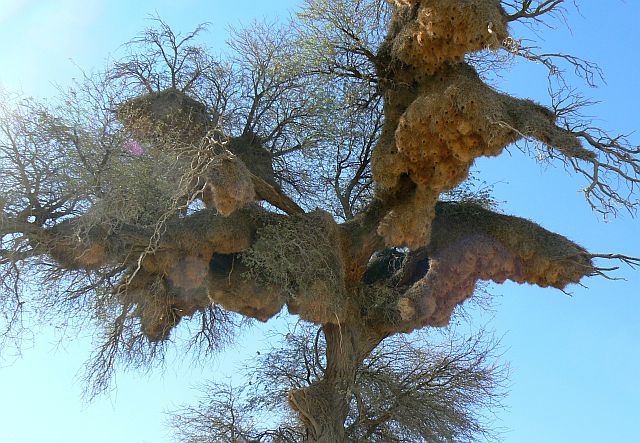 © Toko
© Toko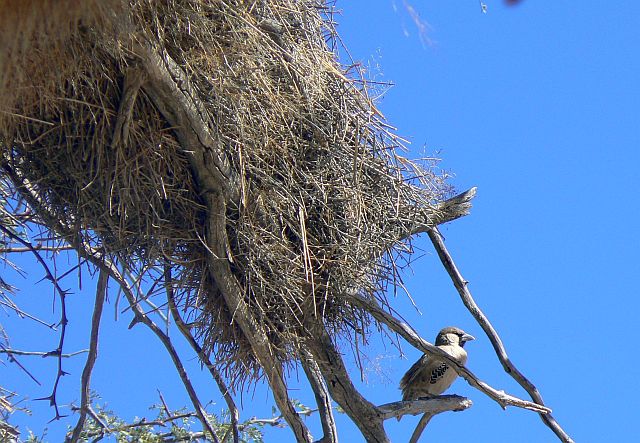 © Toko
© Toko © ExFmem
© ExFmem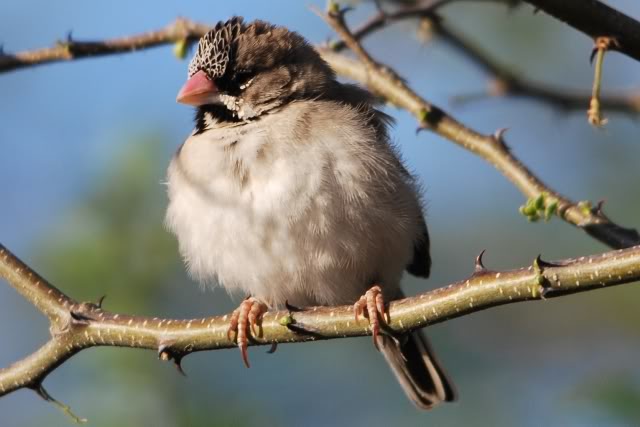 © Mel
© Mel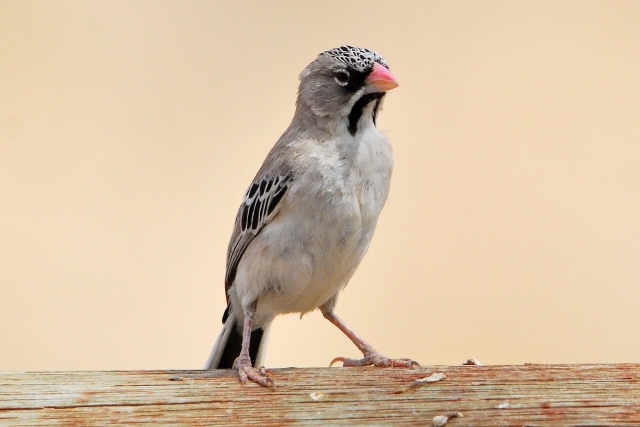 © Mel
© Mel © Kesheshe
© Kesheshe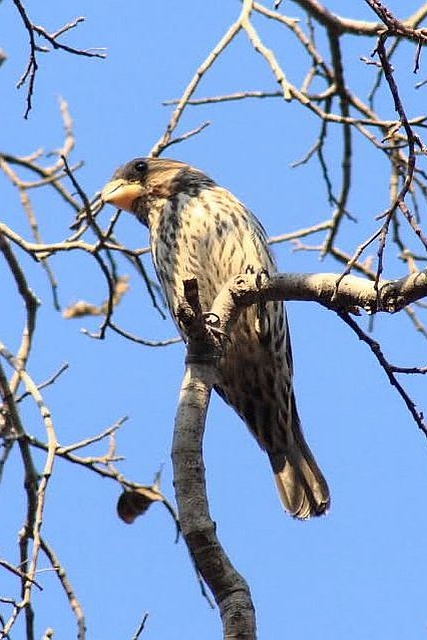
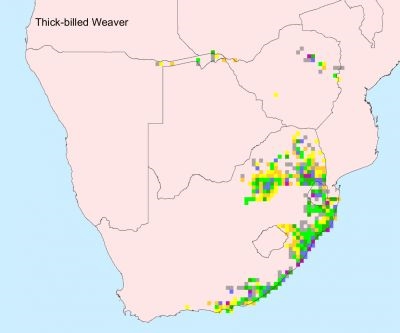
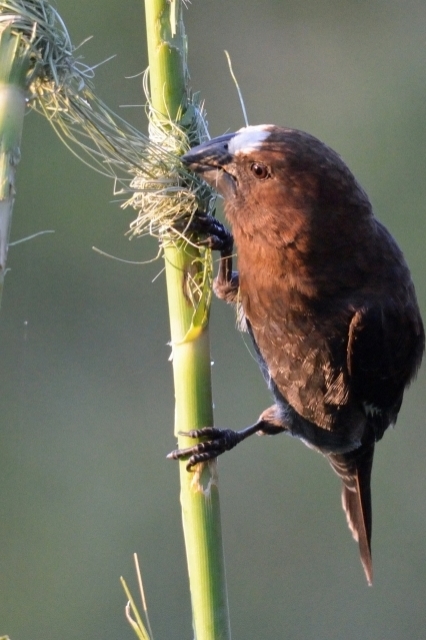 © BluTuna
© BluTuna © Pumbaa
© Pumbaa © Heksie
© Heksie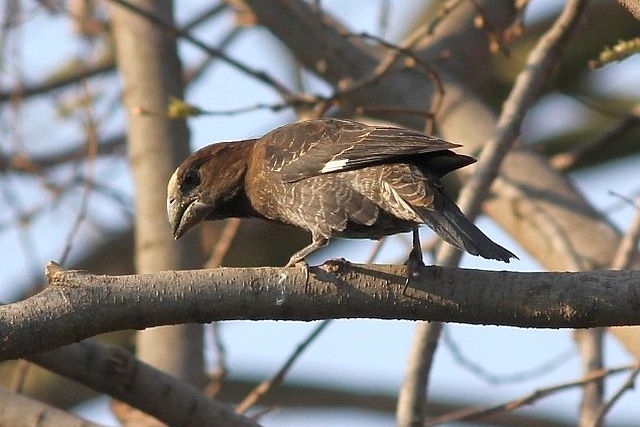 © Amoli
© Amoli © BluTuna
© BluTuna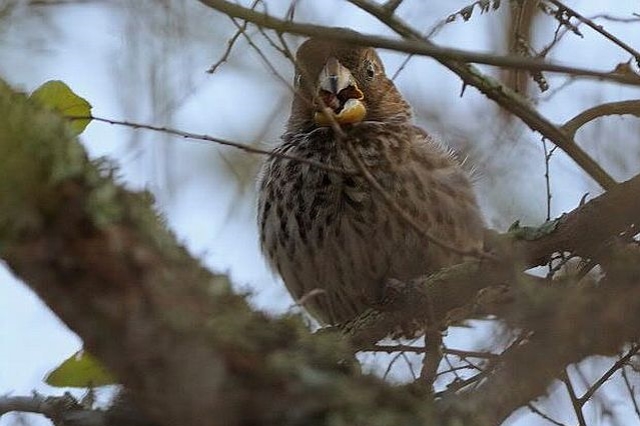 © Dewi
© Dewi © BluTuna
© BluTuna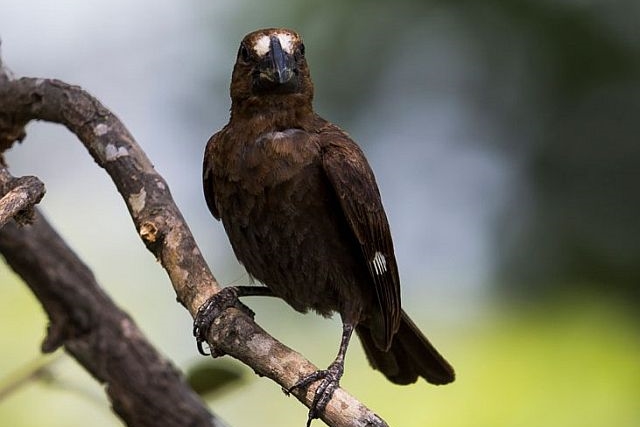 © Pumbaa
© Pumbaa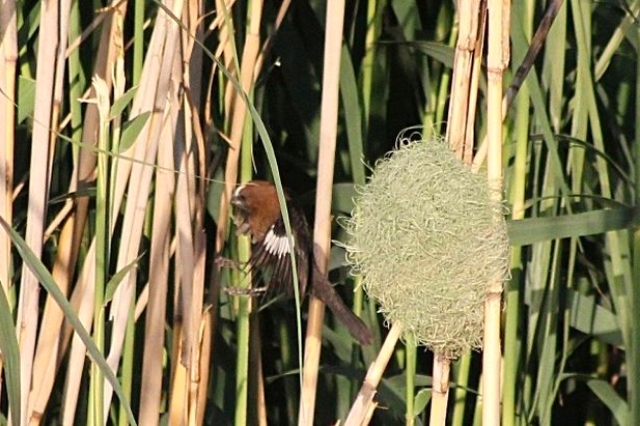 © Amoli
© Amoli

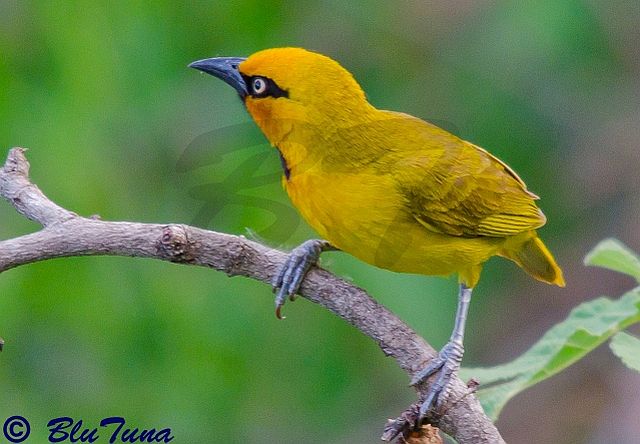 © BluTuna
© BluTuna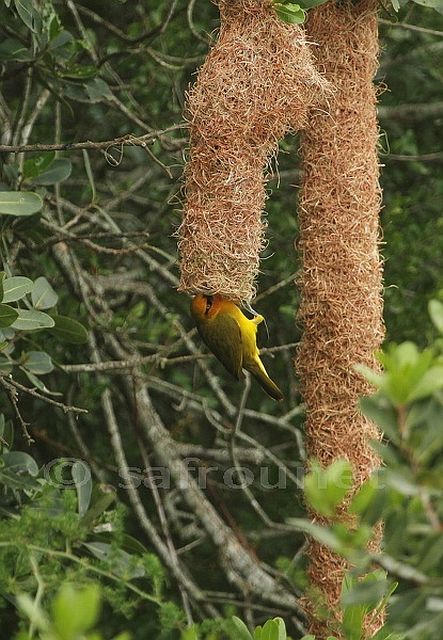 © nan
© nan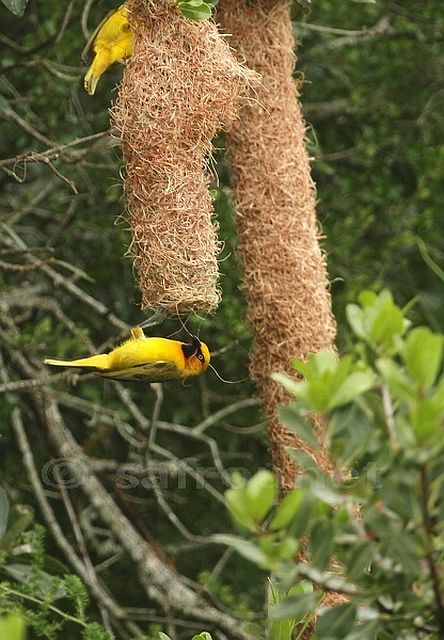 © nan
© nan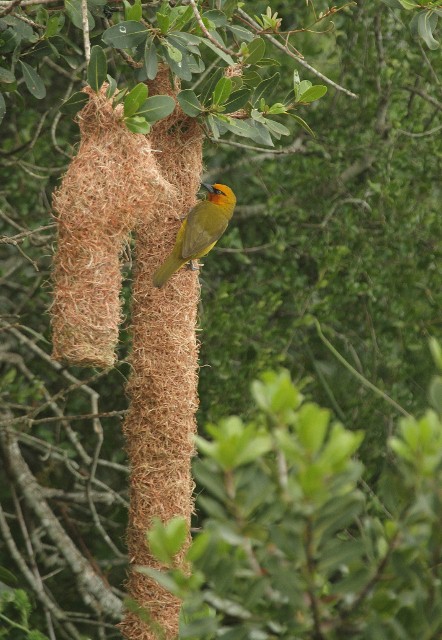 © nan
© nan